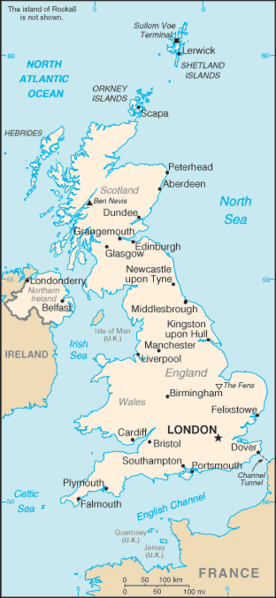British health officials say three travelers to South America have contracted the Zika virus to date since the virus established local transmission in the America’s in 2015.

According to health officials, As of 18 January 2016, three cases associated with travel to Colombia, Suriname and Guyana have been diagnosed in UK travelers.
21 countries and territories in the Western hemisphere have confirmed autochthonous transmission of Zika infection, according to the latest Pan American Health Organization (PAHO) update. These include Barbados, Bolivia, Brazil, Colombia, Dominican Republic, Ecuador, El Salvador, French Guiana, Guadeloupe, Guatemala, Guyana, Haiti, Honduras, Martinique, Mexico, Panama, Paraguay, Puerto Rico, Saint Martin, Suriname and Venezuela.
Public Health England offers the following prevention tips:
There is currently no vaccine or drug to prevent ZIKV infection.
Aedes mosquitoes transmit ZIKV, as well as diseases such as chikungunya, dengue and yellow fever. Travellers need to take insect bite avoidance measures to reduce the risk of infection with ZIKV and other mosquito borne diseases.
ZIKV has a possible association with congenital malformations. Travellers who are pregnant (in any trimester) or planning to become pregnant and who live in, or will travel to areas where any mosquito-borne diseases such as chikungunya, dengue,malaria and ZIKV are known to occur, should consider avoiding travel to an area where an active ZIKV outbreak is being reported. If travel is unavoidable, or they live in areas where an active ZIKV outbreak is being reported, they should take scrupulous measures to avoid mosquito bites during both daytime and night time hours.
Aedes mosquitoes predominantly bite during the day and also around dawn and dusk (as opposed to mosquitoes that transmit malaria, which bite at night between dusk and dawn).
Use a good repellent containing N, N-diethylmetatoluamide (DEET) on exposed skin, together with light cover-up clothing. If you need sunscreen, apply repellent after sunscreen.
Related:


2 thoughts on “Travel-associated Zika infections reported in the UK”